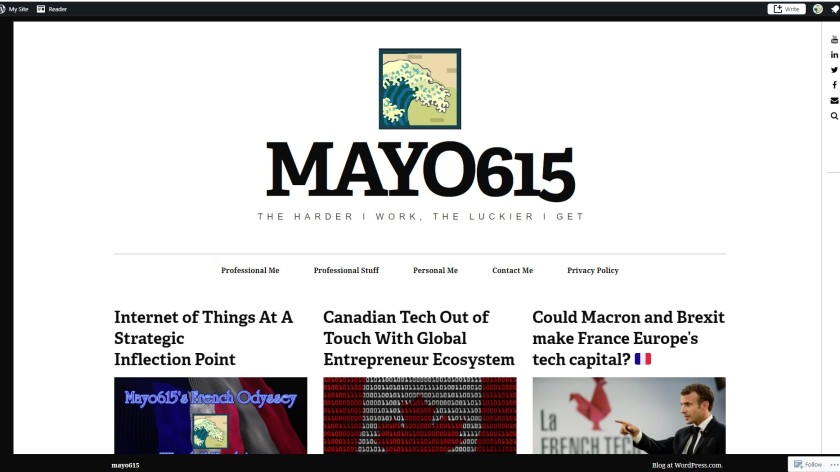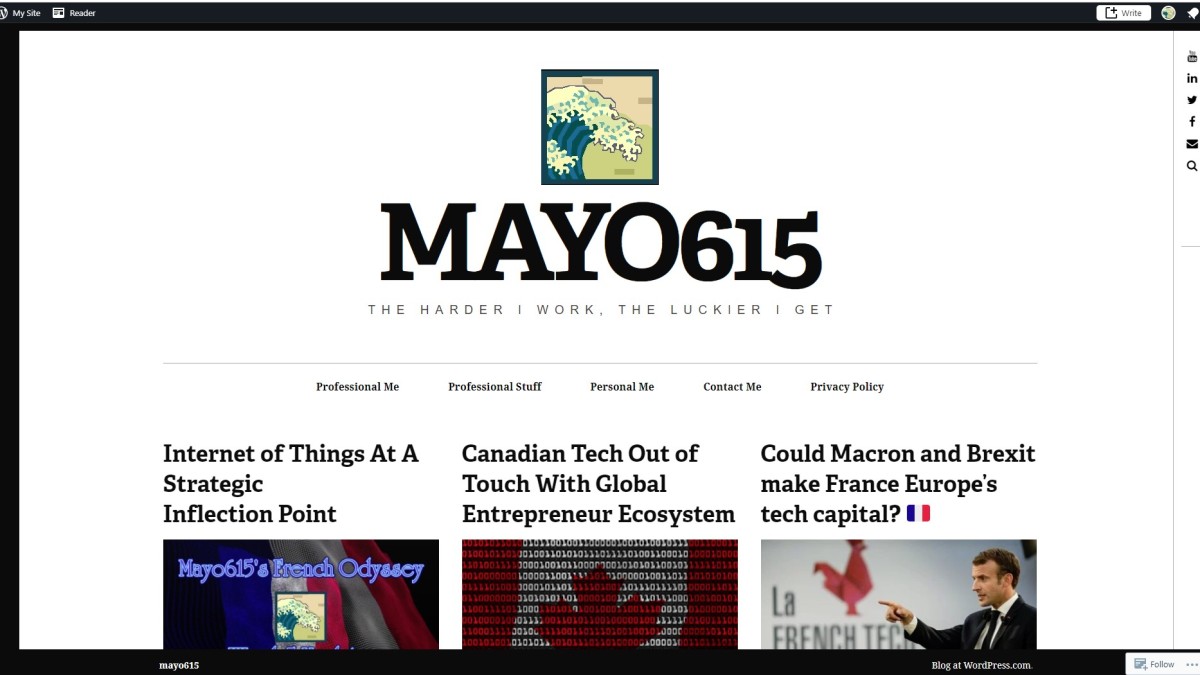Over the next few weeks, students will be heading back to school for the fall semester. In fact, my oldest child will be starting college for the first time, and I have another one not far behind. So naturally, I’ve been thinking about the future of education, and the opportunities and challenges 21st century technology might bring.
Technology has had an amazing impact on education in the last few years. But what we’ve seen so far is nothing compared to the sea change that will be created by the Internet of Everything (IoE) in the coming decade. The networked connections among people, processes, data and things will change not just how and where education is delivered, but will also redefine what students need to learn, and why.
When we talk about technology-enabled learning, most people probably think of online classes, which have had mixed results so far. On one hand, online courses can make higher education much more affordable and accessible. On the other hand, not all students can stay engaged and successful without regular feedback and interaction with their instructor and other students. Even the best online classes cannot hope to duplicate the rich spontaneous interactions that can take place among students and instructors in the classroom.
But with connection speeds going up, and equipment costs going down, we can go beyond online classes to create widely accessible immersive, interactive, real-time learning experiences. Soon, time and distance will no longer limit access to an engaging, high quality education. Anywhere there is sufficient bandwidth, a student can participate in a rich virtual classroom experience — attending lectures, asking questions, and participating in real-time discussions with other students.
And the “sufficient bandwidth” requirement is not that far away. Connection speeds to the high-end home user are doubling every 21 months. Said another way, this is a doubling of almost 64 times over the next decade. Consider a home with a 10 Mbps connection today; this same home could have a 640 Mbps in a decade, and a home with a 50 MB broadband connection today might have a 3 GB connection in 10 years — this is sufficient bandwidth to display streaming video on every square inch of the walls of a 1,800-square-foot home! What type of immersive experiences could educators create with these types of connections?
 Within the next decade, high connection speeds and low hardware costs could bring immersive, interactive classes right into the home.
Within the next decade, high connection speeds and low hardware costs could bring immersive, interactive classes right into the home.
Of course this is about more than simply raw network speeds; the Internet of Everything will also impact some of our basic assumptions about the purpose and nature of education. People today generally agree that the purpose of education is to convey knowledge. But if all the world’s knowledge is instantaneously available online via smartphone or Google Glass, how does that affect what we need to teach in school? Perhaps education will become less about acquiring knowledge, and more about how to analyze, evaluate, and use the unlimited information that is available to us. Perhaps we will teach more critical thinking, collaboration, and social skills. Perhaps we will not teach answers, but how to ask the right questions.
I know that technology will never replace the full, face-to-face experience that my son will have when he starts university next month. But technology can supplement and enrich the traditional in-person school experience. And I hope the school my son attends will teach the new set of 21st century skills needed to help him make the most of technology.






 Within the next decade, high connection speeds and low hardware costs could bring immersive, interactive classes right into the home.
Within the next decade, high connection speeds and low hardware costs could bring immersive, interactive classes right into the home.